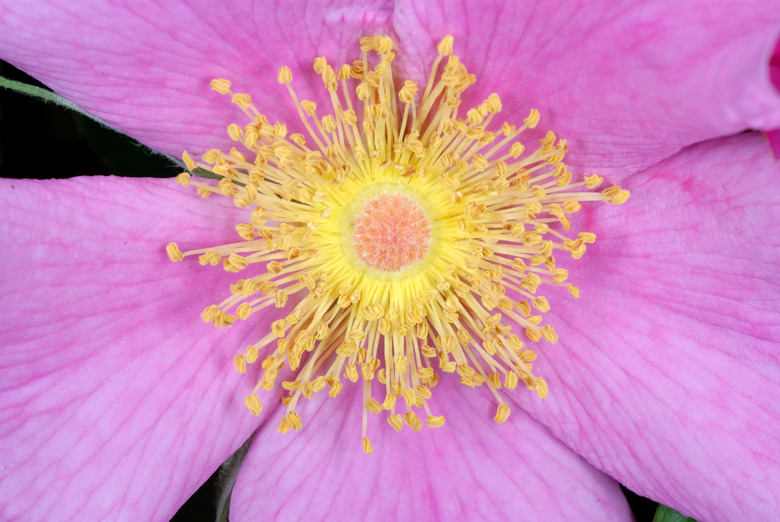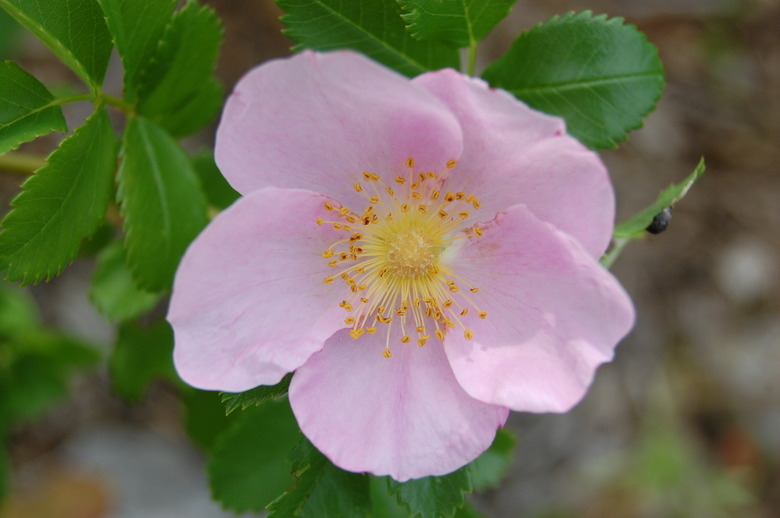Understanding Scientific Names For Rose Flowers
In the world of taxonomy, plants are classified by scientific names, which assign them specific identifiers. The common name "rose" can refer to many different types of plants, such as rose of Sharon (Hibiscus syriacus, USDA zones 5 to 9) and cotton rose (Hibiscus mutabilis, zones 7 to 9), but the scientific name refers to a specific plant.
In the two examples above, these plants are not "true" roses; in fact, both of them are hibiscus plants. This is why looking at common names for roses can be confusing, and why knowing the scientific name for a rose cuts through the fog and makes a definitive identification.
Plant Scientific Names
Plant taxonomic classification is a flowchart of sorts, grouping plants into numerous categories and sub-categories. There are seven primary categories: Kingdom, David, Class, Order, Family, Genus and Specific Epithet.
The last two categories, when written together in a naming convention called "binomial nomenclature," identify a plant species. For example, the common name "swamp rose" may refer to two different plants: Hibiscus moscheutos (zones 4 to 9) or Rosa palustris (zones 4 to 9). But only Rosa palustris is a "true" rose species; Hibiscus moscheutos is a hibiscus species.
Scientific Name for Rose Family
True roses belong to the rose plant family, Rosaceae. Plants are grouped into families based on shared characteristics, such as reproductive similarities and the appearance of their leaves, flowers and fruit. Although these shared characteristics may be highly variable, there are enough similarities to tie family members together.
In the Rosaceae family, plants bear certain types of fruits. Many types of roses bear fruit called "hips," which are the small, red, berry-like structures containing seeds that form after the flowers are fertilized. Some roses are sterile hybrids, which means they don't set seeds and, therefore, don't produce fruits.
The Rosaceae family is further subdivided into four subfamilies:
- Maloideae (the apple subfamily)
- Prunoideae (the cherry
subfamily)
- Spiraeoideae (the mountain mahogany subfamily)
- Rosoideae (the rose
subfamily)
With a host of diverse yet related "cousins" in three of these subfamilies, roses belong to the Rosoideae subfamily.
Scientific Name for Rose Genus
One full taxonomic classification below family is genus. Within the rose plant family (Rosaceae), true roses belong to the genus Rosa. You'll see this name on plant ID tags when you buy roses, typically with the cultivar name.
Genus is the umbrella classification that covers smaller groupings of plants called species. It's this rose scientific name that lets you know a plant is a "true" rose and not merely a plant with "rose" in its common name.
Tip
The genus Rosa lets you know a plant is a "true" rose and not merely a plant with "rose" in its common name.
Scientific Name for Rose Species
True roses populate 3,000 species worldwide. Some species are non-native introduced roses, and others are native plants that are indigenous to North America.
Rugosa rose (Rosa rugosa, zones 2 to 7) is an extremely cold-hardy and rugged plant. It's not the typical rose that most gardeners grow, but it's one of the parent plants for other types of roses. Two native roses are Carolina rose (Rosa carolina, zones 4 to 9) and swamp rose (Rosa palustris, zones 4 to 9).
Most roses found in gardens aren't what's called a "species rose," but rather hybrids that are the result of breeding different species or different cultivars. Rose scientific names for these types are simply noted as Rosa x hybrida or Rosa followed by the cultivar name.
Rose Cultivar Names
Cultivar names are part of some scientific rose names, and they follow the italicized species name where they appear in single quotes. A blending of "cultivated variety," cultivars are bred by human intervention instead of true varieties, which exist in nature.
Whereas genus and species names typically are Latin, most cultivar names are more recognizable. For example, the classic Mr. Lincoln hybrid tea rose (Rosa 'Mr. Lincoln,' zones 5 to 10) is the quintessential long-stemmed fragrant red rose.


